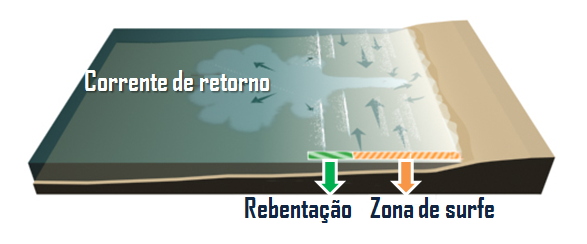Most Americans Back Preparation for Extreme Weather and Sea Level Rise

 A new survey finds that an overwhelming majority of Americans want to prepare inorder to minimize the damage likely to be caused by global warming-induced sea-level rise and storms. A majority also want people whose properties and businesses are located in hazard areas – not the government – to foot the bill for this preparation.
A new survey finds that an overwhelming majority of Americans want to prepare inorder to minimize the damage likely to be caused by global warming-induced sea-level rise and storms. A majority also want people whose properties and businesses are located in hazard areas – not the government – to foot the bill for this preparation.That's the results found in a new survey commissioned by the Stanford Woods Institute for the Environment and the Center for Ocean Solutions
82 percent of the Americans surveyed said that people and organizations should prepare for the damage likely to be caused by sea level rise and storms, rather than simply deal with the damage after it happens. Among the most popular policy solutions identified in the survey are strengthening building codes for how to build new structures along the coast to minimize damage (favored by 62 percent) and preventing new buildings from being built near the coast (supported by 51 percent).
Images told the story: lower Manhattan in darkness, coastal communities washed away, cars floating in muck. Superstorm Sandy, a harbinger of future extreme weather intensified by climate change, caught the U.S. off guard this past October. Unprepared for the flooding and high winds that ensued, the East Coast suffered more than $70 billion in property damages and more than 100 related deaths. Going forward, Americans face a stark choice: prepare and invest now to minimize the impact of disasters such as Sandy, or deal with storms and rising sea levels when they occur.
 People support preventive action,” said survey director Jon Krosnick , a senior fellow at the Stanford Woods Institute for the Environment, “and few people believe these preparations will harm the economy or eliminate jobs. In fact, more people believe that preparation efforts will help the economy and create jobs around the U.S., in their state and in their town than think these efforts will harm the economy and result in fewer jobs in those areas. But people want coastal homeowners and businesses that locate in high-risk areas to pay for these measures.
People support preventive action,” said survey director Jon Krosnick , a senior fellow at the Stanford Woods Institute for the Environment, “and few people believe these preparations will harm the economy or eliminate jobs. In fact, more people believe that preparation efforts will help the economy and create jobs around the U.S., in their state and in their town than think these efforts will harm the economy and result in fewer jobs in those areas. But people want coastal homeowners and businesses that locate in high-risk areas to pay for these measures.
The challenges posed by rising sea levels and increasingly severe storms will only intensify as more Americans build along the coasts. A National Oceanic and Atmospheric Administration report released March 25 predicts that already crowded U.S. coastlines will become home to an additional 11 million people by 2020.
http://www.celsias.com


Comentários
Postar um comentário